The History of Santa Barbara’s Once-Glorious Field of Dreams
Remembering Laguna Ballpark

Santa Barbara has always been a baseball town. In 1927, Lou Gehrig and Babe Ruth played in a legendary exhibition game at Peabody Stadium. Here’s a little bit about the history of that great ball field.
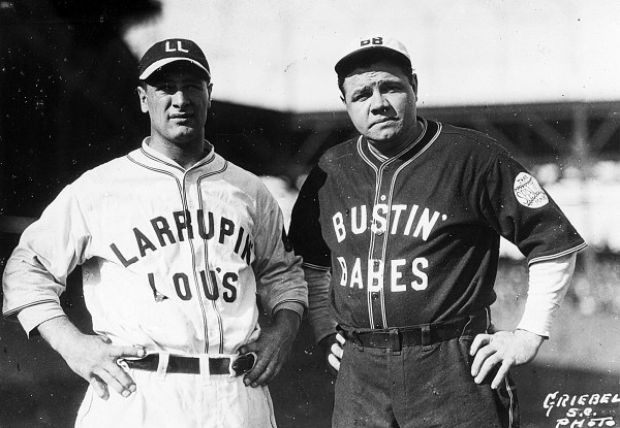
During the dark days of the Depression, Santa Barbara gained more than its share from the federal program known as the Works Progress Administration (WPA). Local civic leaders lobbied for $22 million federal tax dollars to restore the Sheffield Reservoir and build the Los Baños Pool, the Main Post Office Building, and the Santa Barbara Bowl — all civic jewels still standing.
Another local WPA gem was the grandstands, fences, and outbuildings that graced the grand old Laguna Park baseball stadium once located between Garden and Olive, Cota and Ortega streets. It seated 2,083 baseball fans. Situated on eight acres of green, Santa Barbara’s legendary field of dreams was a full-sized slice of Americana dedicated to the national pastime. Designed by the acclaimed local architect Winsor Soule, it was a full-sized stadium built in a small-sized city in 1938. Bigger than Ebbets Field or Wrigley Field, it was a place where minor-league teams associated with the Brooklyn and later the Los Angeles Dodgers and New York Mets honed their skills, where members of the California League, the Negro League, the Mexican League, and Central Coast leagues all played — and a place where the children of Santa Barbara learned to play baseball in the Pee Wee League. In 1947, California League teams set an attendance record of 93,000.


[Click to enlarge] Santa Barbara Dodgers baseball and a game program. | Credit: Santa Barbara Historical Museum Gledhill Library
Among the legendary figures who played here were Satchel Paige and Willie Mays. Dodger pitchers Sandy Koufax, Don Sutton, and first baseman Wes Parker played here, and so did Santa Barbara’s own Hall of Famer, Eddie Mathews. Santa Barbara High School graduate and standout baseball player Ron Shelton was inspired by Laguna Park when he wrote the brilliant screenplay for the classic Bull Durham (starring local resident Kevin Costner).
All that and a view of the Riviera; it must have been a glorious place to watch a baseball game, and an even better place to play one. But where many saw dreams come true in a place of open air and a leisurely pace, others saw only potential for “development.” The kind of development that paradoxically requires demolition and destruction — and leaves citizens shaking their heads and wondering how it ever could have happened.
In 1970, on orders from City Hall, the ballpark was unceremoniously demolished to make way for a parking lot for the city’s fleet of buses and administration buildings. Its legendary green boards were shipped off to Tijuana. Although city administrators promised the Santa Barbara citizenry they would build another field, that promise is still unmet, all these years later.
Some longtime locals shared their remembrances of Laguna Ballpark:
Mike Pahos, then–city park superintendent: “I think the reason is that to most people, Laguna Park is an ugly board fence. If the fences hadn’t been there, the East Siders would remember it as a broad expanse of green grass and would have put up a loud protest over losing a park in their midst. It was a big loss for the community. Anytime you lose recreation space for any purpose, it’s never going to come back.”
Bill Bertka, then–city recreation superintendent: “It was a total ramrod job. There were other places that could have served their needs.”
Ron Shelton: “I remember playing Pee Wee League, and if you made it to the Pee Wee League World Series, you got to play at Laguna Park. For a kid, that was like playing at Yankee Stadium. I grew up there, I played there, and I can’t tell you how much smoke I inhaled there from really bad Roi-Tan cigars.” On its demolition, “I was appalled. To me, it was like they’d torn down the Notre Dame Cathedral, or the Mission, or the Courthouse. And for what — a storage yard?”
Fred Warrecker, longtime coach at Santa Barbara High School who pitched at Laguna Park as one of the original Foresters and loved the place: “It would be a good facility today, but it was a great facility then.”
Peter Jordano, batboy for L.A. Dodgers: “Laguna Ballpark was wonderful. When you are young, and you love sports, it’s great to be a batboy.” When the park was demolished in 1970, “I cried. That’s where I grew up. It was like taking your home away.”
As Joni Mitchell warned, “You don’t know what you’ve got ’til it’s gone.” They really did pave Paradise and put up a parking lot. And much like the legendary “Casey at the Bat,” written by Ernest Lawrence Thayer (who moved to Santa Barbara shortly after his classic poem was published), the city struck out when it destroyed that field of so many dreams.
This story originally appeared in The Capital, a publication of the Pearl Chase Society. See pearlchasesociety.org.

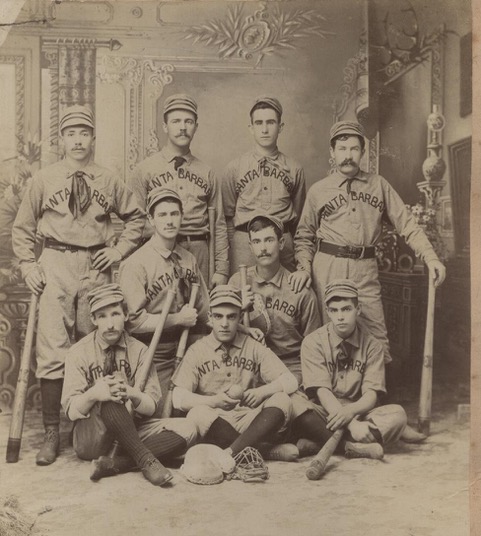
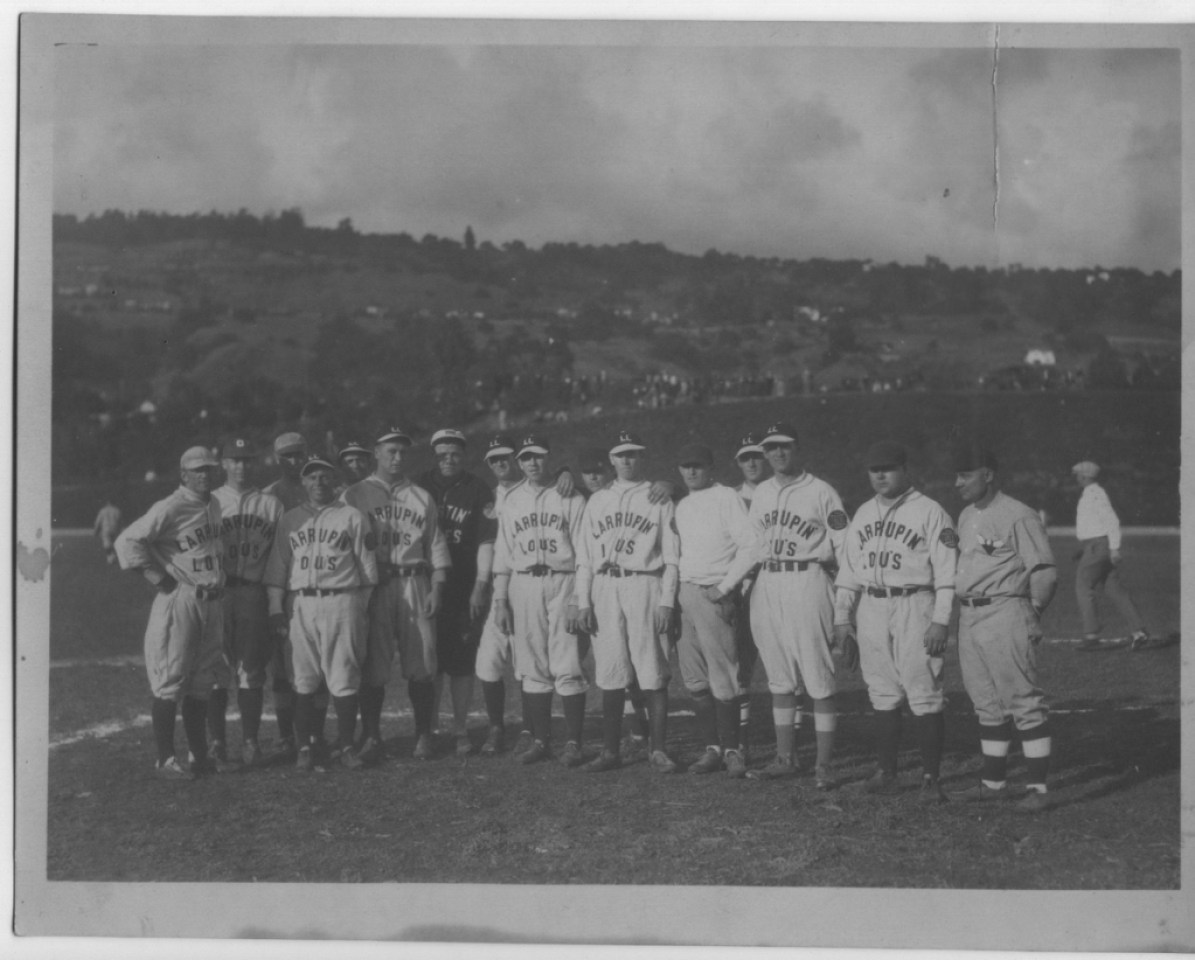
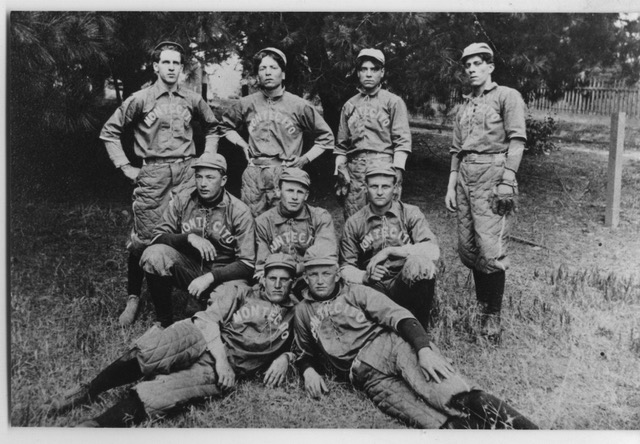
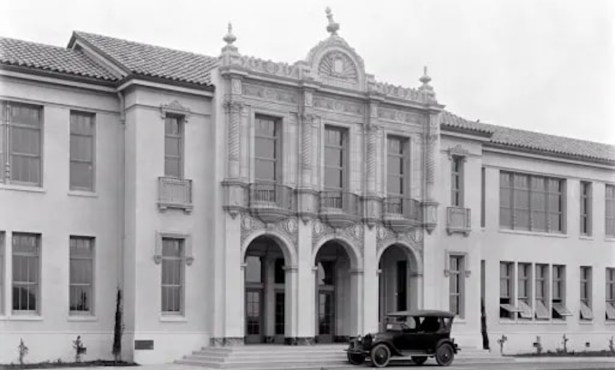
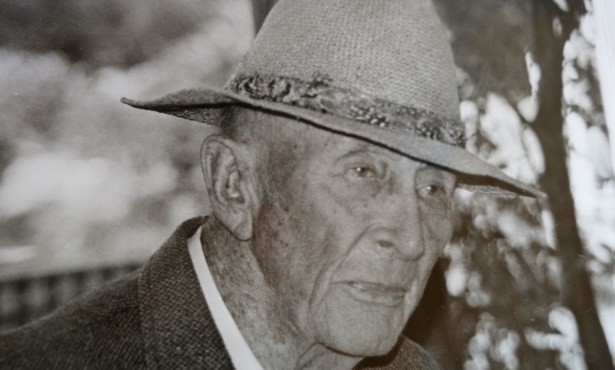
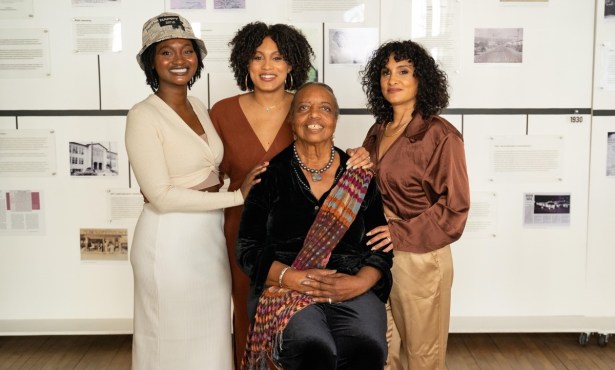
You must be logged in to post a comment.